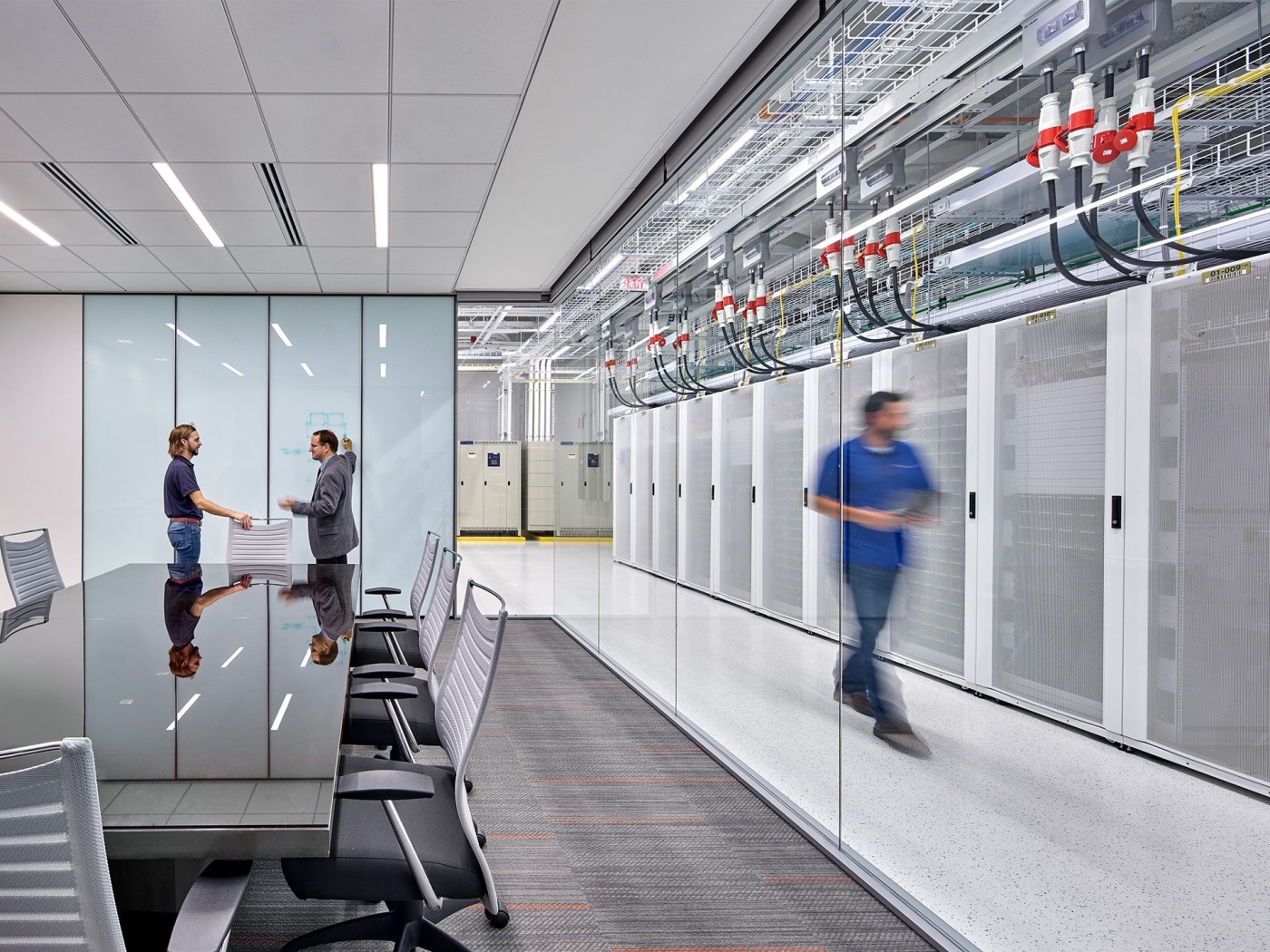

On-premises infrastructure and data centers both have their place. It is, therefore, important that businesses make the right choice between them when designing their IT infrastructure. With that in mind, here is a straightforward guide to choosing between on-premises infrastructure and Dallas data centers.
Here is a brief overview of how on-premises infrastructure compares to using data centers.
The main benefit of on-premises infrastructure is that it minimizes the distance your data has to travel as it goes between its host device and its users. This not only ensures the fastest response times for users but also minimizes the window of opportunity for cyberattackers.
The main con of on-premises infrastructure is the inconvenience of deploying and maintaining it. Moreover, housing significant quantities of IT infrastructure in a general-purpose building can cause major security and health-and-safety issues. For example, the heat generated by IT equipment can significantly increase the risk of fire.
The main benefit of data centers is that, as purpose-built facilities dedicated to a single purpose, they can be whatever you want them to be. What most organizations want is the sort of security and resilience (meaning uptime) that is difficult to impossible to achieve with on-premises infrastructure. Moreover, it is becoming increasingly common for businesses to use data centers as test environments for potential infrastructure changes.
The main drawback of using data centers is the fact that it means data has further to travel between the host device and users. This disadvantage is, however, often counterbalanced by the powerful network connections available at data centers. Moreover, it is becoming less relevant due to the adoption of hybrid and remote working.
Here are 7 key considerations for IT infrastructure.
Scalability: Infrastructure must support current operations while allowing for future growth. Scalable systems can adapt to increased workloads or expanded services without requiring a complete overhaul.
Reliability and uptime: Consistent performance and minimal downtime are essential. Organizations should evaluate redundancy, failover mechanisms, and disaster recovery capabilities to ensure uninterrupted operations.
Security: Robust cybersecurity measures, such as firewalls, encryption, and intrusion detection systems, are critical to protecting data and applications from breaches. Compliance with regulations like GDPR or HIPAA may also influence security requirements.
Cost: Total cost of ownership, including capital expenses (CapEx) for on-premises solutions and operating expenses (OpEx) for managed services, must align with the organization’s budget. Consider both initial investments and long-term operational costs.
Performance: Infrastructure should deliver high-speed, low-latency performance for workloads and applications. This may include selecting the right hardware, optimizing networks, and ensuring efficient storage solutions.
Management and support: The complexity of managing infrastructure requires consideration of internal IT resources versus outsourcing to managed service providers. Ensure 24/7 support is available for mission-critical systems.
Flexibility and integration: IT infrastructure should be compatible with existing systems and capable of integrating with new technologies, such as cloud services or IoT devices, as business needs evolve.
These are the main 7 reasons why data centers in Dallas may be the best option for your business.
Strategic location: Dallas is centrally located in the U.S., making it an ideal hub for data exchange and connectivity. Its proximity to major markets ensures low-latency connections, especially for businesses with a nationwide or international reach.
Thriving business ecosystem: As one of the fastest-growing metropolitan areas in the U.S., Dallas is home to numerous Fortune 500 companies, fostering a robust ecosystem of innovation, partnerships, and enterprise solutions.
Connectivity: Dallas is a major internet and telecom hub, offering access to multiple Tier 1 providers and one of the largest fiber networks in the U.S. This ensures high-speed connectivity and excellent redundancy for critical business operations.
Cost advantages: Compared to other major data center markets like Silicon Valley or New York, Dallas offers more affordable real estate, power, and operational costs, making it a cost-effective choice for businesses looking to optimize IT infrastructure.
Reliable power supply: Texas has a strong and growing energy infrastructure, with access to diverse and abundant energy resources, including renewable energy options like wind and solar. Dallas data centers benefit from competitive energy pricing and high reliability.
Climate: While parts of Texas are prone to hurricanes, Dallas is situated inland and experiences fewer extreme weather events compared to coastal cities. This makes it a safe location for housing critical infrastructure.
Colocation and cloud options: Dallas hosts numerous state-of-the-art colocation and managed service providers, offering businesses a range of options for scalability, security, and hybrid IT solutions.

Discover the DataBank Difference today:
Hybrid infrastructure solutions with boundless edge reach and a human touch.
Our website uses cookies to provide you with a better experience. Read our privacy policy for more information.Accept and Close